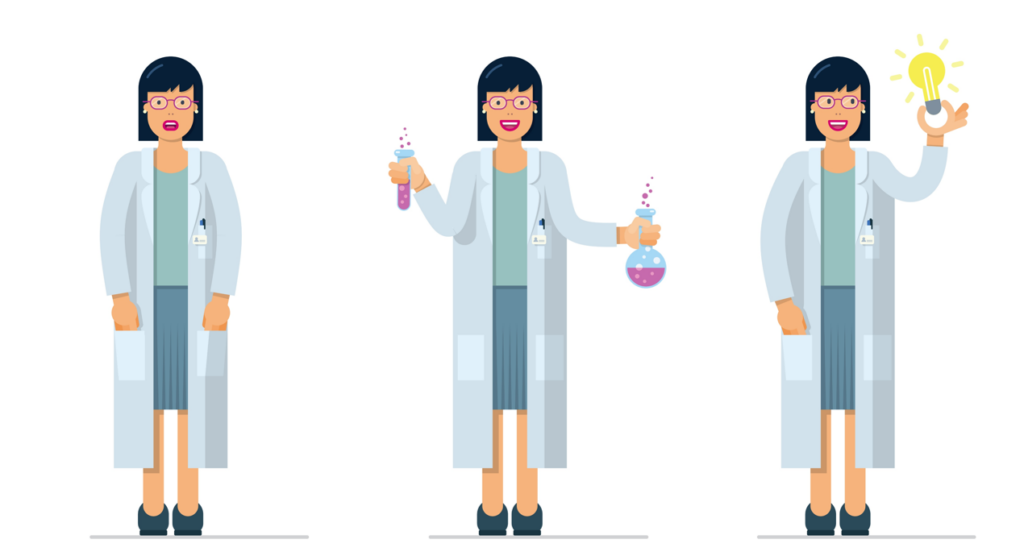For a patent attorney at a first-time meeting with a new client, these questions inevitably arise:
“Who is going to own the patent application and eventual patent?” and “Why can’t my LLC file for the patent application?” At this point we start explaining, but the client’s eyes soon cross and glaze over. Being experienced attorneys in these matters, we just channel Bob Marley and say, “Don’t worry ‘bout a thing.” We are fixers!
WHO CAN FILE FOR A PATENT APPLICATION?
The answer to this question does not start with Genesis, but close. It starts with the U.S. Constitution (Article I, Section 8): “The Congress shall have Power . . . To promote the Progress of Science and useful Arts, by securing for limited Times to Authors and Inventors the exclusive Right to their respective Writings and Discoveries.”
We are not aware of a U.S. Supreme Court case that has dealt directly with the issue of who or what an inventor can be (i.e., a dog, a software program, an alien lifeform, etc.). When our Constitution was written, software programs did not exist and alien lifeforms (excluding divinity) were not commonly written about (and we think, therefore, not intended to be inventors). We can fairly assume that the primary constitutional author, James Madison, did not intend for animals to be recognized as inventors. There may be those who disagree with this assumption and we welcome you to write your own article. We promise to read it!
Accordingly, our discussion here is based on the premise that an inventor has to be a Homo sapiens, a human person. You should note, however, that the inventor does not have to be alive to file a patent application. There is a procedure for this situation, and it is not a séance. As far as an LLC, a corporation or some other legal entity, we will get to that. Be patient.
As for patent application filings, Congress has explained: “An application for patent shall be made, or authorized to be made, by the inventor . . . .” 35 USC § 111.
Thus, a Homo sapiens has to file the application but the Homo sapiens can “assign” the application and invention to anyone or anything that can accept property under U.S. law (usually controlled by state law). So, a dog could own a patent application, if a state’s law permits dogs to own property, but a Homo sapiens has to “assign” the patent application to that dog. This can be done because we are fixers!
WHAT DOES THE WORD “ASSIGN” MEAN?
‘Assign” is the act by which one person transfers to another, or causes to vest in that other, the whole of the right, interest, or property of that person (see Black’s Law Dictionary). This transfer by “assignment” occurs via a written document as compared to physical delivery. An assignment is the typical legal instrument that permits a legal entity such as an LLC to own a patent application and the eventual patent. A simple patent application assignment is typically about a page long and is recorded in the U.S. Patent and Trademark Office so that third parties have notice of who owns the patent application (and resulting patent).
The usual assignment is a total and irrevocable transfer, but it does not have to be. An assignment can be conditional, having terms (financial or otherwise) that if not met will rescind the assignment.
When does an assignment quit being an assignment and become a license? In a license, permission to practice the invention is given to someone else but ownership is not transferred.
MULTIPLE INVENTORS
Most inventions have more than one inventor. If the patent application is filed naming multiple inventors (with no assignment), then the patent application and the eventual patent will be jointly owned, typically in “joint tenancy.” Joint ownership, whether in joint tenancy or tenancy in common, should be avoided. There may be situations where joint ownership makes sense or if an agreement amongst the inventors is carefully drafted. However, without such an agreement each inventor may do with the patent rights as he or she wishes even if the subsequent actions are directly in competition with the other inventor(s). Royalties do not have to be shared, and in joint tenancy there is a right of survivorship which can be surprising to one’s heirs.
One solution to this is to assign all of the inventors’ rights to a legal entity such as an LLC or corporation. That LLC or corporation will then be the only one that can exploit the patent, and the distribution of any monetary rewards from the patent can be done according to the hopefully well-crafted by-laws of the LLC or corporation.
There are other solutions but as the title of this article states, these musings are incomplete. For completeness, contact your local patent attorney.










